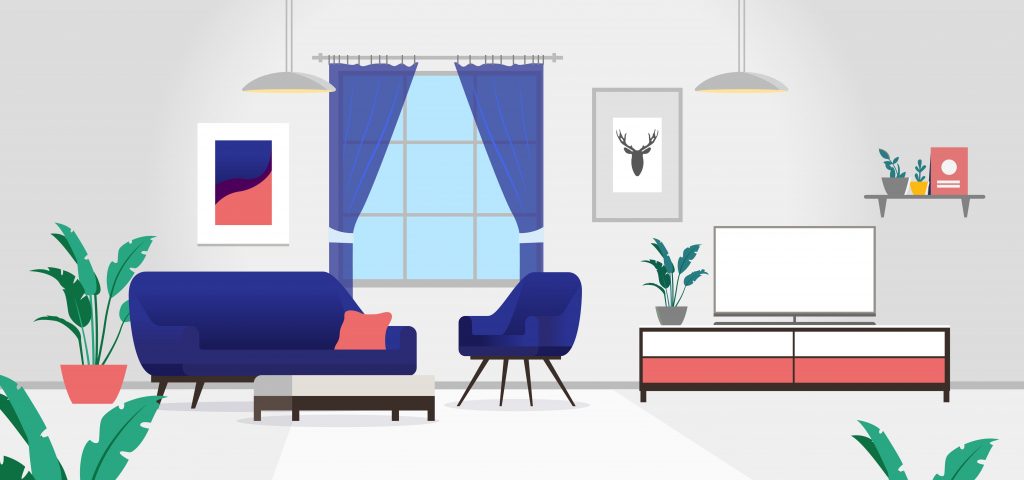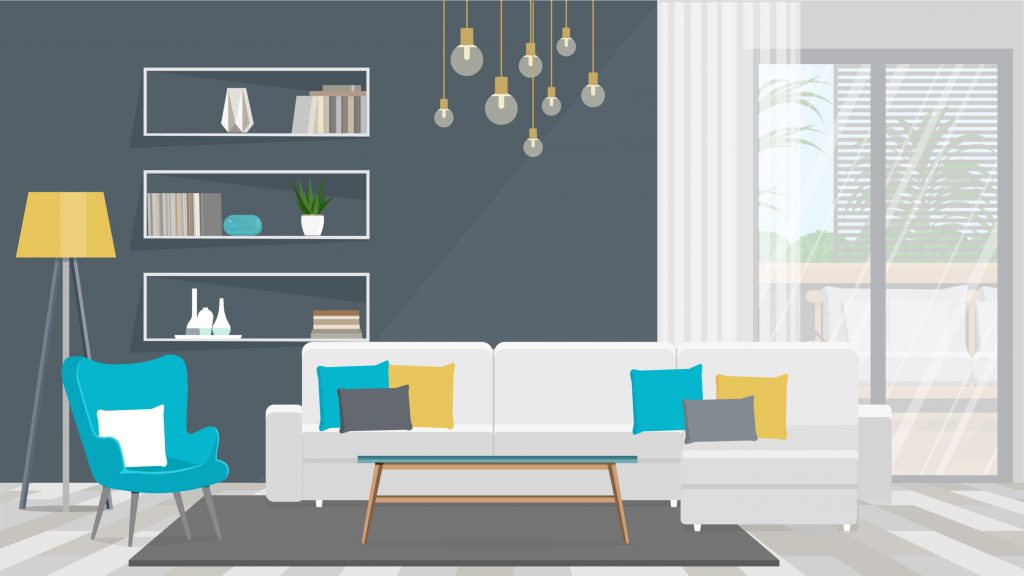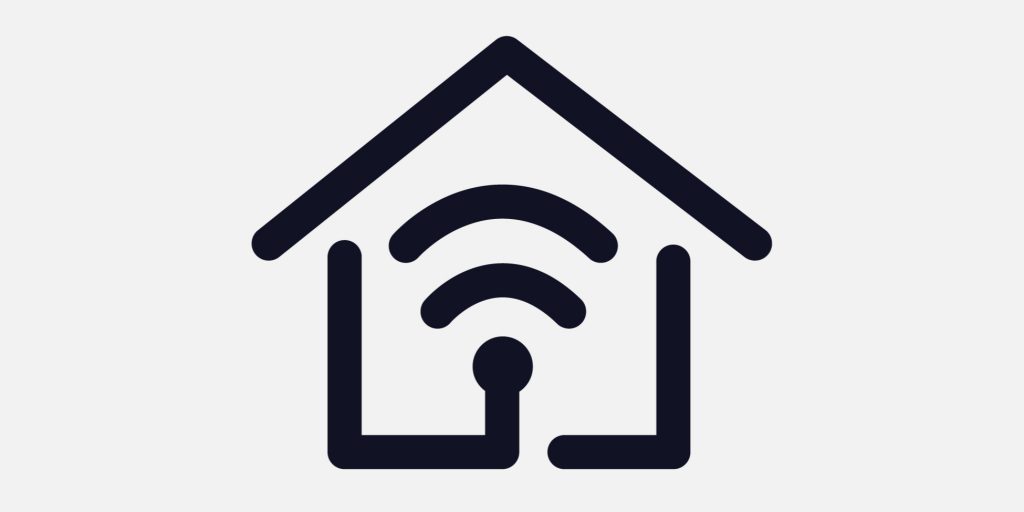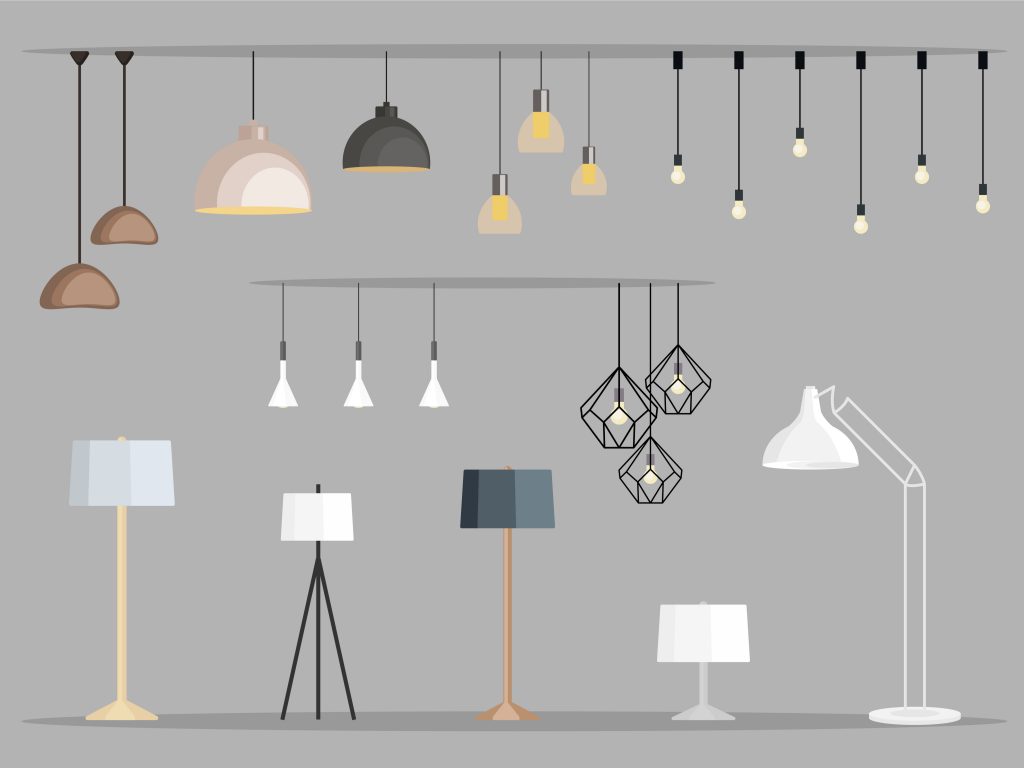
Lighting Your Home: A Beginner’s Guide to Light Fixtures

It’s easy to tell which light fixtures you love when you’re scrolling through designer home pictures on your phone. But when it comes to finding a light for your own home, the little details and product specs can almost feel like they’re written in a foreign language. What’s an accent light? Is that a pendant or a chandelier? What is that light called? I don’t know what to search for!
If this sounds familiar, we have good news: we’ve done all the research for you! Put down your search engine, and bookmark this page. This light fixtures cheat sheet has everything you need to know to get started lighting your home, your way.
Lighting Basics

Not all light sources are created equal! Before you dive into pendants and sconces, you need to know the three basic types of lighting.
Ambient Lighting: The primary source of light in a room, also called “general lighting”.
Example: A ceiling fixture provides ambient light, meaning it lights the whole room. If your whole room is too bright or too dark, addressing the ambient light should be your first step.
Accent Lighting: Supplemental lights used to light dark corners or to highlight a room’s focal point.
Example: A floor lamp added to a dark corner gives the room more even light. A wall sconce or track lighting highlighting a fireplace or bookshelf makes it a focal point in the room.
Task Lighting: Specific lighting designed to make doing a certain task easier.
Example: Any light that is used to complete a task fits here. At home, this includes things like a reading lamp, a utility light over a garage workbench, under-cabinet lights above the kitchen counter, and desk lamps.
Before you even start looking at light fixtures, take a look at your space. Turn on the lights in your room during the day and again at night. Look for the places where the light is too bright or too dim. Then, determine which type of lighting you need to use to fix those places.
Light Layering

We know it’s tempting to just install that fancy ceiling fixture you found on sale and call it a day, but your room just won’t feel right if you’re only considering one light source.
What is Light Layering?
Light layering is the practice of combining different types of lighting to create a mood. It’s an important part of your home design! Layered light sources, like a ceiling fixture and a floor lamp, work together to fill in dark corners and highlight a room’s best features, giving it the perfect ambiance.
Expert designers spend hours on this to get it just right, but you don’t have to dive that deep. Just make sure you have a combination of ambient, accent, and task lighting in your space and you’ll be on your way to a balanced design. Remember, natural light counts as a light source too!
Light layers done right will smoothly transition a room through the day. They can transform a living room from a bright, daytime work area to a warm, cozy entertaining space with just a few well-placed fixtures.
Smart Home Lighting

Smart technology makes light layering easier than it’s ever been! Smart bulbs and plugs make it so that you can turn on any light in the house from one place. You can set up different lighting profiles for things like work, dinner, and movie nights. You can even put your lights on a schedule so that they follow you through your day without any button pushing.
When you’re ready to start shopping for light fixtures, look for ways you can mix it up with new light sources. Choose light fixtures that work together to create the perfect ambiance and layer your room with light.
Light Fixtures

Light fixtures come in a huge variety of shapes, colors, and styles. It’s easy to get lost in the lingo, so here’s a quick breakdown:
Pendants
These lights are suspended from the ceiling and shine light downwards. They’re typically used as task lighting over kitchen bars and tables, or in the bedroom to replace bedside table lamps. They also are a great choice for accent lighting that makes a statement. You might need an electrician to install them for you if you don’t already have wiring in your ceiling.
Flush Mounts
These lights are mounted directly to the ceiling, with no hanging bar. The top of this light sits flush with the ceiling, giving it its name. Flush mount lights are one of the most common types of ambient lighting. They come in many varieties and sizes, so you’ll need to check to make sure it will provide enough light for your space.
Sconces
Sconces are mounted to the wall instead of the ceiling. Some cast light directionally along the wall, shining up, down, or to the side. Other sconces broadcast light in all directions. These lights are used for both accent and task lighting. Sconces can be installed almost anywhere, but they’re most commonly used as vanity lighting above a bathroom mirror, or as exterior lights on homes and businesses.
Lamps
Lamps are freestanding light fixtures that typically need to be plugged into an outlet. They can be used for ambient, accent, and task lighting, and they’re easy to move around a space. This versatility makes them one of the most DIY-friendly lighting upgrades! Desk lamps are used as task lighting for things like writing at a desk or reading a sheet of music. Table lamps are used as accent lighting, usually placed on an end table. Floor lamps are the largest, typically 58” – 64” tall, and can be used as any type of lighting, depending on its location, style, and brightness.
Chandeliers
These lights are the showstoppers of the lighting world. They are suspended from the ceiling and are usually a focal point of a room’s design. Chandeliers emit light upwards to reflect ambient light around a room. They’re most often found in entryways and over dining tables, but they can be added to any space to add an elevated sense of style.
Ceiling Fans
This fixture is designed with airflow in mind. Ceiling fans can come with or without a light kit, so you can decide what’s right for your space. With a light kit, they provide ambient light in a room. They come in different sizes to accommodate different room sizes, so you’ll need to measure your room before you start shopping.
Track Lights
Track lighting is a unique type of lighting with an industrial feel and a flexible format. It’s made up of two parts: a long track attached to the ceiling, and lights attached to the track. The light heads can be moved to any position on the track, and tilted to point in any direction. Track lighting works well as accent or task lighting to highlight artwork or to illuminate a work surface. It’s also used as ambient lighting in some modern minimalist spaces.
Recessed Lights
Also called can lights, recessed lights are mounted inside the ceiling for a seamless, streamlined look. Recessed lights are often installed in large rooms to increase the ambient light without drawing attention away from the main light fixture. Some are directional and can be pointed towards a feature wall or workspace for accent or task light. They’re also very popular in basements with low ceilings, because they provide light without hanging down into the room.
Under-Cabinet Lights
This type of lighting is designed to be invisible. It comes in a wide variety of styles, from battery-powered stick-on lights to hardwired LED light strips. They’re installed on the underside of a kitchen cabinet, out of view, to provide task lighting for cooking. Alternatively, you can install them on the toe kick of lower cabinets to light the edges of your floor.

You’ve got this handled. Now you’re ready to go and make your space brighter and better!
We wish you the best and brightest of luck with your next lighting project! If we didn’t cover your question here, or if you need any help picking out a fixture that’s just right for you, don’t be afraid to give Lit Living a call! We’ve got you covered.
